
Thank you so much Dr Inahar Ali for your hand in friendship...I am humbled and extend my hand in friendship to you too. Once again, thank you so much.
I apologise for not putting this up sooner; I have been quite unwell these past few months and it has been my daughter who has been helping me out to type and publish my post.
I would like to extend my friendship to my other fellow bloggers. May our friendship last and never ends. Please collect your awards.
Beachlover's Kitchen
Bro Rozzan @ Shared Recipes
Chandrabhaga
Chris @ PureGlutton
Diana @ Koleksi Resipi Pilihan Diana
DORA alMONd
For Spicy Lovers
Gert @ My Kitchen Snippets
Hema@ Adlak's Kitchen
HomeKreation - Kitchen Corner
Inahar @ INAHAR'S COOKING TIME!
Jen @ Tastes of Home
Jo @ Family First
Jun @ YUMMYLICIOUS
Lady Home Chef @ Foodies' Kitchen
LG @ Salam Dua Benua
MamaFaMi's Spice n Splendour...
Mat Gebu @ Dapur Tanpa Sempadan...
Me and My Kitchen
Ms Charming @ From My Humble Kitchen
Ms Ching @ Little Corner of Mine
Ms Farina @ Salt & Turmeric
Ms Jan @ What do I want 2 cook today?
Ms Sripriya @ Srikar's Kitchen
My Small Kitchen.......
Noor @ Ya Salam Cooking
Quinn's Baking With Love &; Passion!
Retno @ Kedai Hamburg
Shafidah @ Somebody Watching Me...
Suhana's Sweet Savoury
teczcape- an escape to Food
THE HUB
UJWAL'S KITCHLAB
Ummi @ Home Sweet Home
Veg Inspirations
Waterlily In Da Kitchenz
Yummy Food
Zue @ Zuraida's Recipe Collection
I apologise for not putting this up sooner; I have been quite unwell these past few months and it has been my daughter who has been helping me out to type and publish my post.
I would like to extend my friendship to my other fellow bloggers. May our friendship last and never ends. Please collect your awards.
Beachlover's Kitchen
Bro Rozzan @ Shared Recipes
Chandrabhaga
Chris @ PureGlutton
Diana @ Koleksi Resipi Pilihan Diana
DORA alMONd
For Spicy Lovers
Gert @ My Kitchen Snippets
Hema@ Adlak's Kitchen
HomeKreation - Kitchen Corner
Inahar @ INAHAR'S COOKING TIME!
Jen @ Tastes of Home
Jo @ Family First
Jun @ YUMMYLICIOUS
Lady Home Chef @ Foodies' Kitchen
LG @ Salam Dua Benua
MamaFaMi's Spice n Splendour...
Mat Gebu @ Dapur Tanpa Sempadan...
Me and My Kitchen
Ms Charming @ From My Humble Kitchen
Ms Ching @ Little Corner of Mine
Ms Farina @ Salt & Turmeric
Ms Jan @ What do I want 2 cook today?
Ms Sripriya @ Srikar's Kitchen
My Small Kitchen.......
Noor @ Ya Salam Cooking
Quinn's Baking With Love &; Passion!
Retno @ Kedai Hamburg
Shafidah @ Somebody Watching Me...
Suhana's Sweet Savoury
teczcape- an escape to Food
THE HUB
UJWAL'S KITCHLAB
Ummi @ Home Sweet Home
Veg Inspirations
Waterlily In Da Kitchenz
Yummy Food
Zue @ Zuraida's Recipe Collection



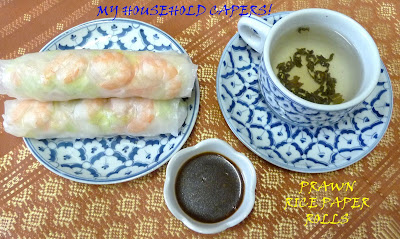
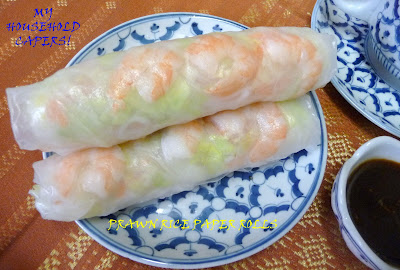
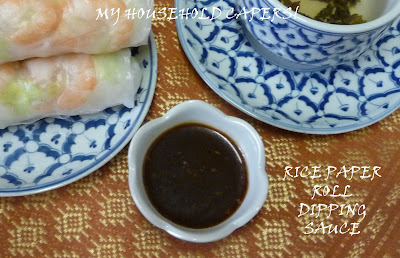
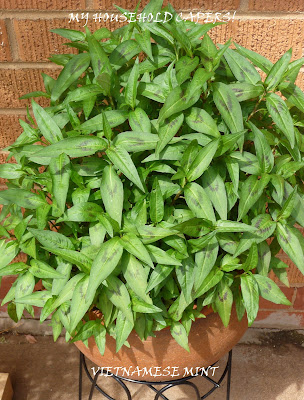










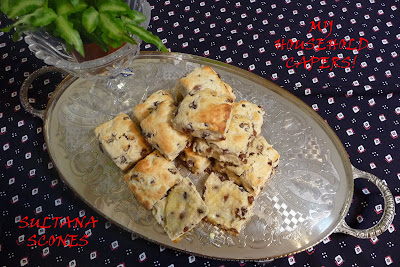









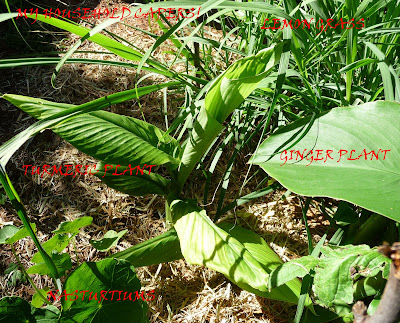







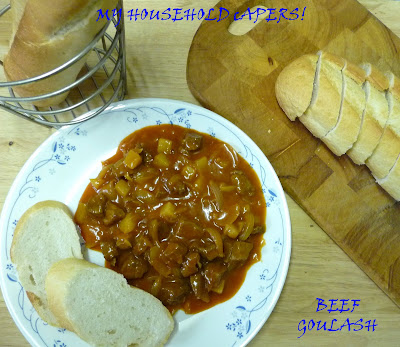





 7. Every commercial on television has a web site at the bottom of the screen.
7. Every commercial on television has a web site at the bottom of the screen.






